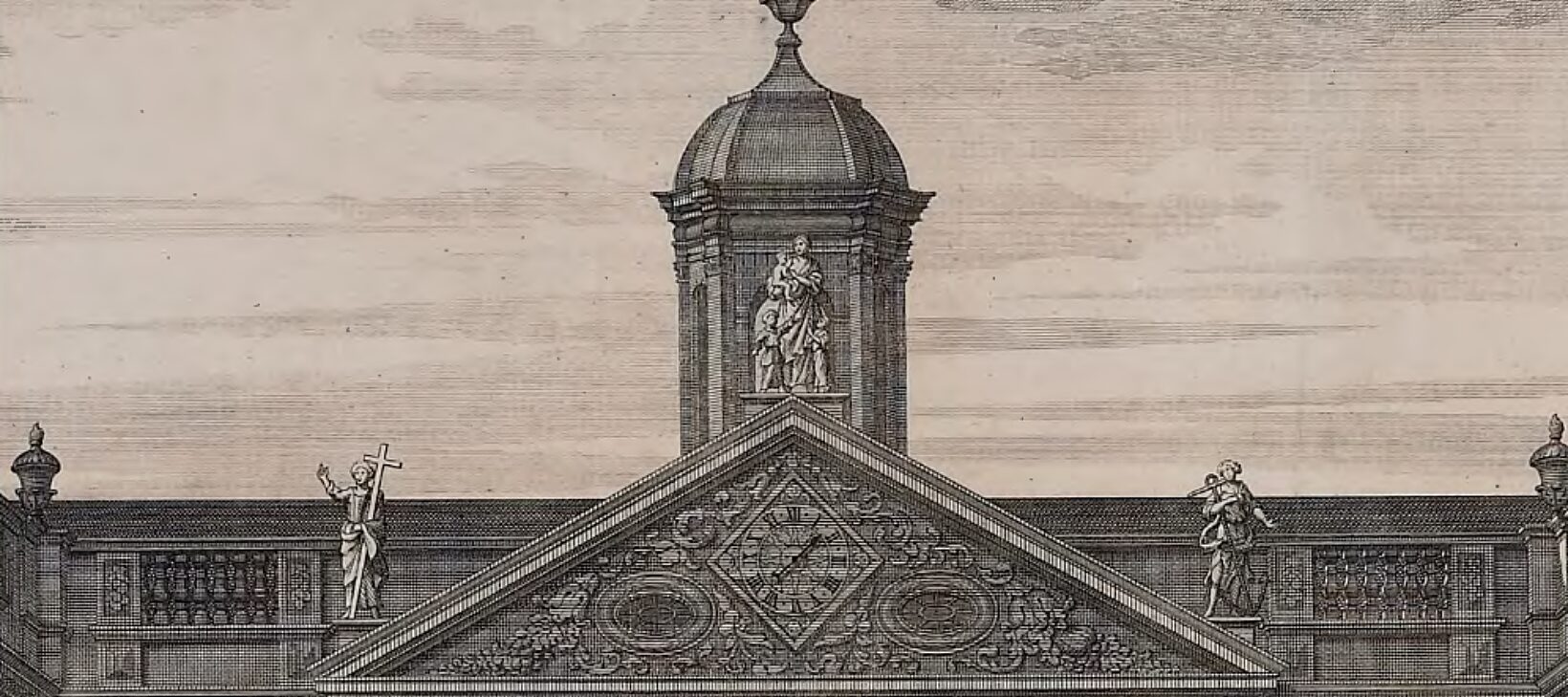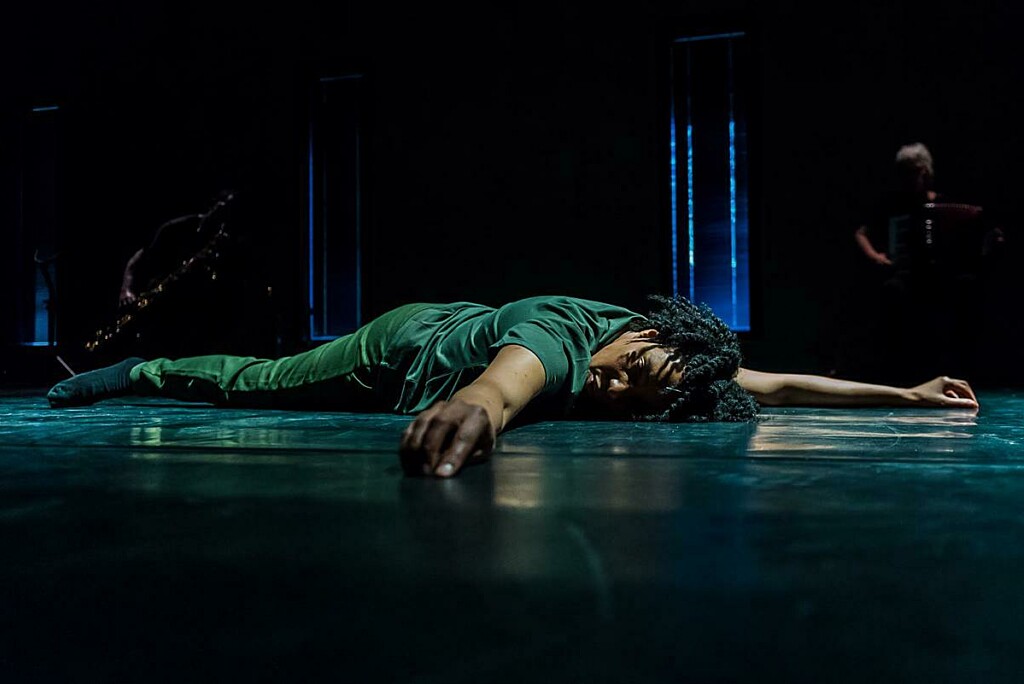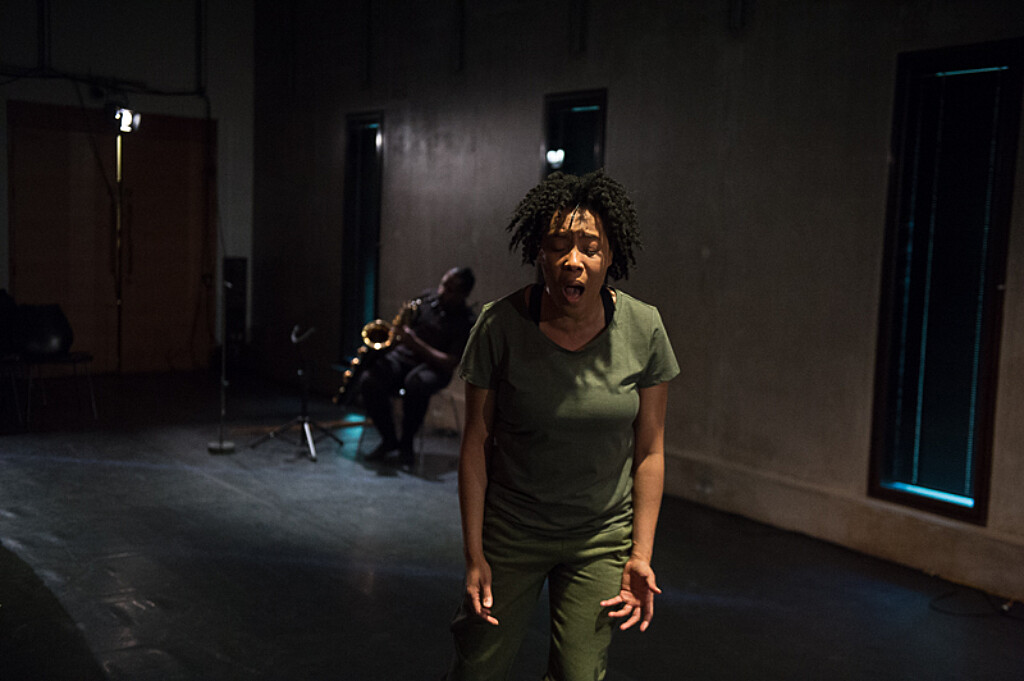While Liverpool recently lost its World Heritage Site status, another UNESCO designation is to be marked in the city on 23 August – as it has been every year since 1999 - International Day for the Remembrance of the Slave Trade and its Abolition. There may appear to be little connection between these two designations, however the dock architecture, merchants’ houses and other historic buildings lining the waterfront and extending inland that constituted the designated maritime mercantile area, owe their existence in no small part to the transatlantic slave trade from which Liverpool prospered.
Bluecoat is the oldest building in the former World Heritage Site and its origins are intricately connected to the town’s eighteenth-century commercial environment and colonial history. Established in 1708 as a charity school, Blue Coat School (or Hospital) moved to new, larger premises which were dedicated in 1717 ‘to the teaching of poor children in the principles of the Anglican church’. The founding church, St Peter’s was opposite on Church Street, and many of its congregation were maritime merchants, one of whom, Bryan Blundell, co-founded the school, substantially funding it throughout his life, as did his sons for the rest of the century.
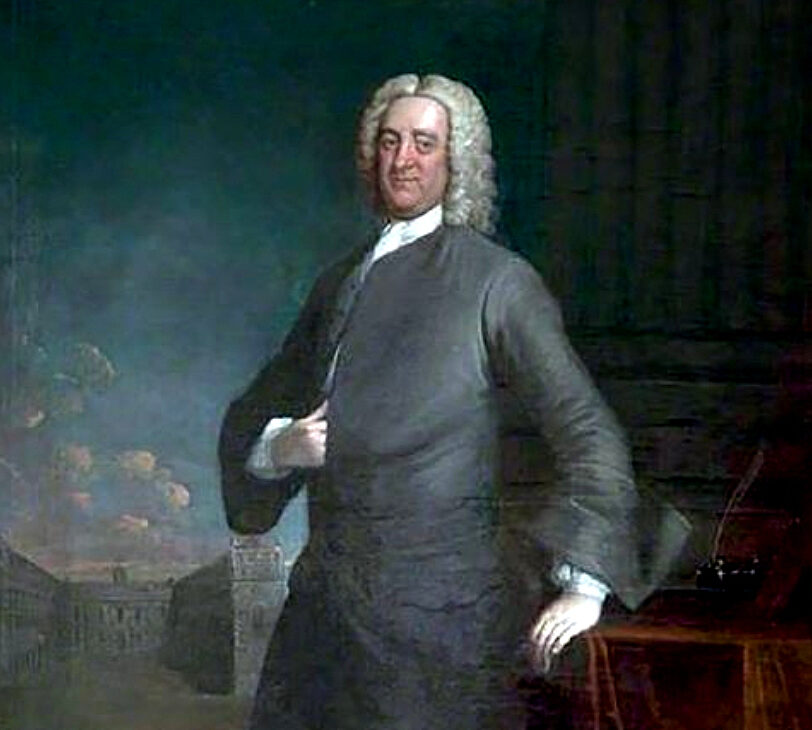
The Blundells were also involved in the slave trade, owning or part-owning ships and dealing in commodities that slavery in the Caribbean and American colonies enabled, like sugar, tobacco and cotton. Blundell Snr. encouraged his mercantile colleagues to subscribe to the school, whose accounts books, which he as treasurer kept meticulously, reveal the extent of investment from those directly or indirectly involved in the ‘African trade’.
Image credit: Portrait of Bryan Blundell. Image courtesy of Liverpool Blue Coat School.
In 1906, after nearly two centuries, the charity school vacated its School Lane property, taking with it all record of the building’s life as an educational institution. Why then should Bluecoat, an arts centre for the past century, be concerned with this history? There are two reasons. Firstly, the building itself remains – despite many alterations over the centuries - largely intact. While most of the interior has been rebuilt, its distinctive Queen Anne-style façade appears little changed from the earliest printed representations of the school. As central Liverpool’s oldest surviving building, Bluecoat remains therefore an important symbol of that early colonial period in the port’s history. As custodians of the building, we feel we have a responsibility to acknowledge, interrogate and share its origins, to situate Bluecoat in the story of Liverpool, and to help interpret it for our audiences, both regular visitors and those who stumble upon this architectural gem right in the heart of the city for the first time.
Secondly, as an organisation that places artists at the core of our work, Bluecoat has a long history of providing opportunities for a diversity of artists to create exhibitions and performances that engage with our history. And several of these artists have interrogated transatlantic slavery and Liverpool’s role in it, starting with Keith Piper in 1985. He then collaborated with Bluecoat and other venues in Liverpool, Bristol and Hull on a commission project, Trophies of Empire in 1992, looking at the residues of Britain’s colonial and imperial past in the three ports; and he returned in 2016-17 with a major solo show in our galleries, Unearthing the Banker’s Bones.
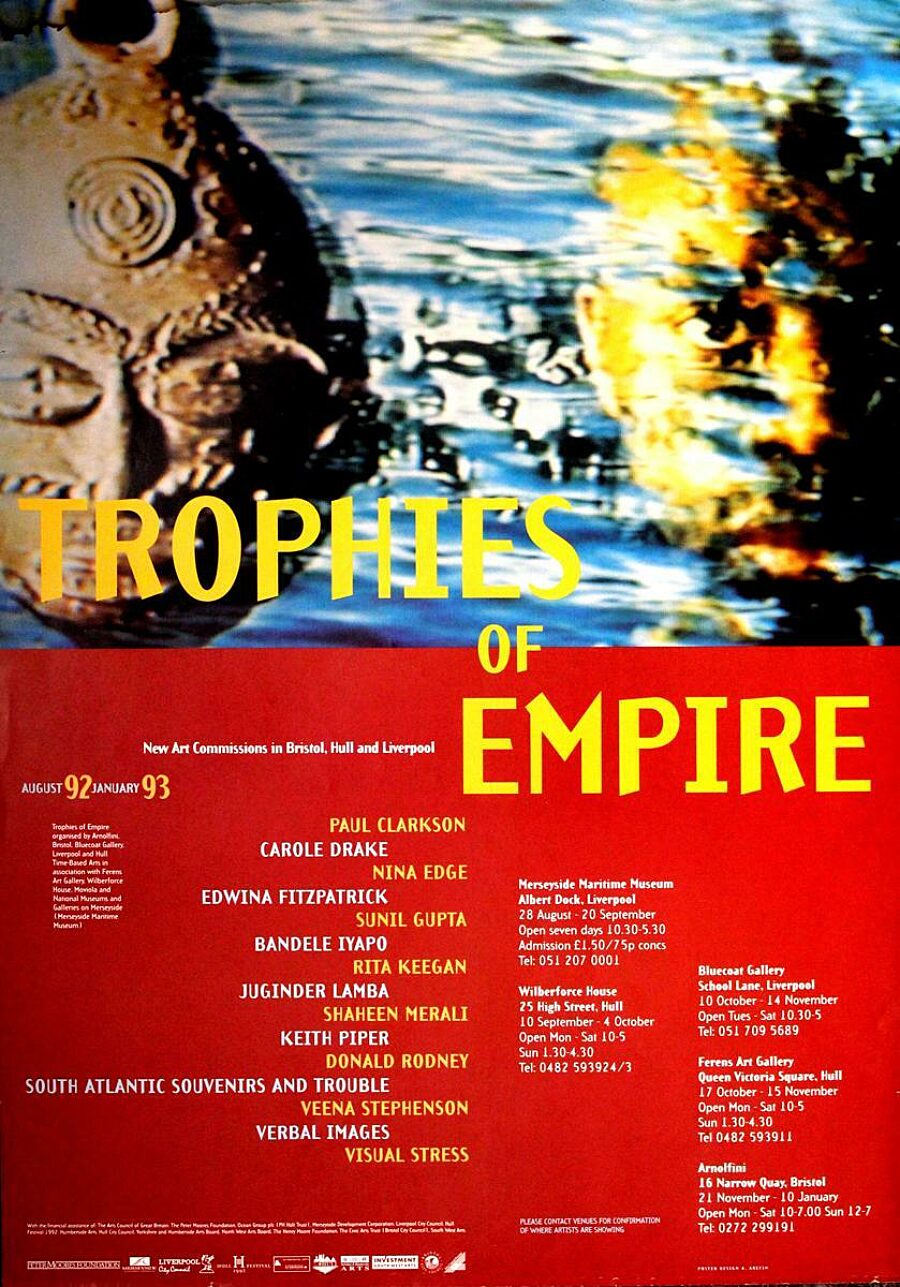
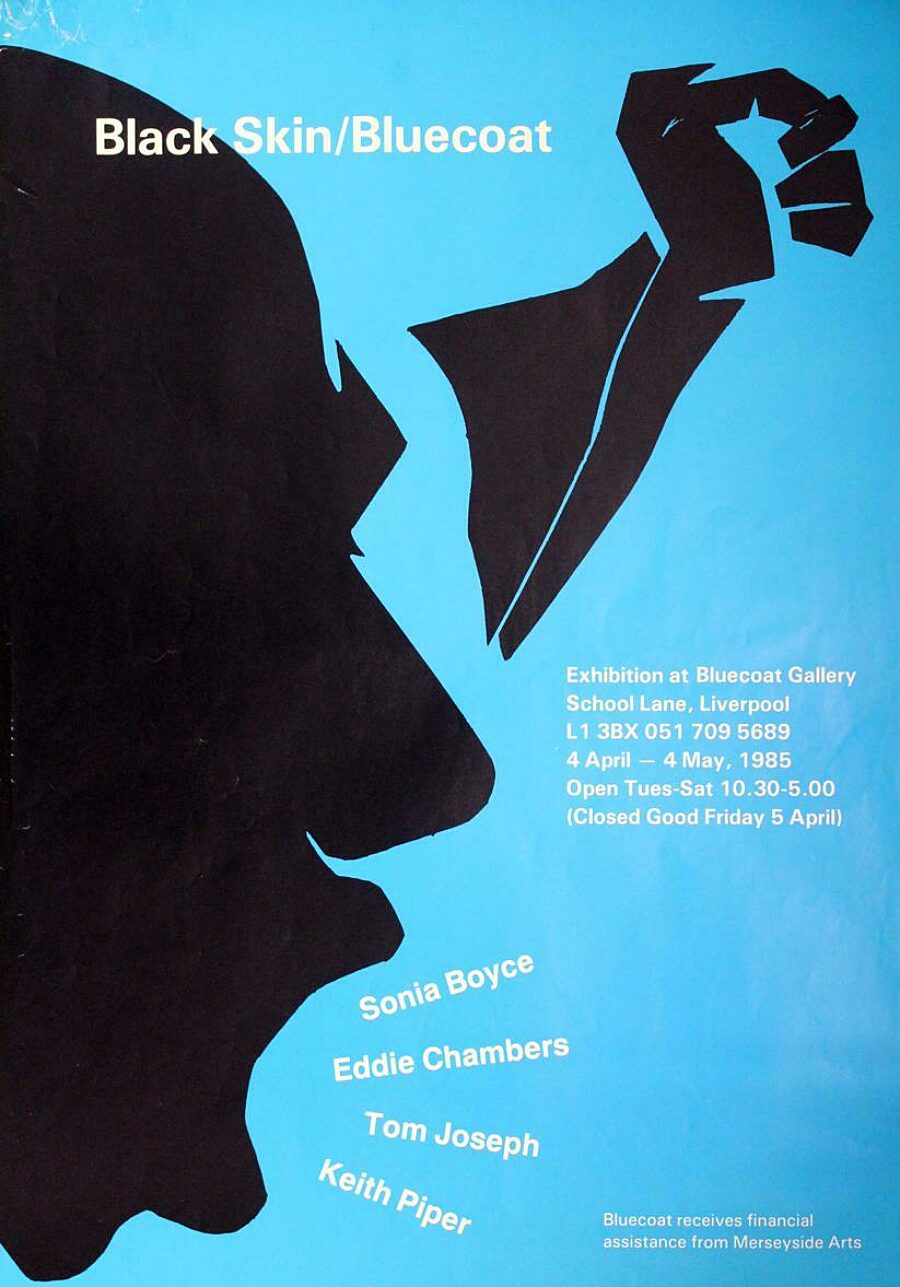
This 35+ years of programming also includes South African artist Gavin Jantjes’ acclaimed painting series, Korabra (1986) that evoked the transatlantic trade in enslaved Africans, and Elaine Mitchener’s powerful performance, Sweet Tooth in 2017 that drew on historical records of a British slave plantation owner to explore the troubling history of sugar, the trauma of slavery and its continuing resonances. For the first Liverpool Biennial in 1999, the exhibition at Bluecoat included an installation by Cuban artist María Magdalena Campos-Pons comprising wooden boards inscribed with diagrams based on the infamous image of the ‘Brookes’ (or ‘Brooks’) slave ship loaded to its full capacity, a print that was used in the campaign to abolish the slave trade in the late 18th century. The ship’s owner was Joseph Brooks, who has a street named after him, Brooks Alley, located off School Lane, close to Bluecoat.
The aforementioned Trophies of Empire exhibition included several artworks that referenced slavery: Liverpool artist Paul Clarkson’s large history paintings addressed his home town’s amnesia concerning its role in the trade (this was some years before the establishment of a gallery at the Albert Dock that would eventually become the International Slavery Museum); American-born Rita Keegan’s video installation tracing her own family history back to slavery; and Juginder Lamba’s sculpture, The Cry, carved from old timbers assembled from the quayside of another West coast slave port, Lancaster, and sited in the Bluecoat garden, proffering a symbol of resistance for all oppressed peoples.
These artworks do more than simply reflect historical narratives - they bring them into the present, revealing their resonances today.
The legacies that flow from Liverpool’s colonial era, including the lasting impact of transatlantic slavery, are the subject of a new Bluecoat participation project called Echoes & Origins, supported by a grant from the National Lottery Heritage Fund. One strand of this, ‘Colonial Legacies’ is a partnership with the Greenhouse Project in Liverpool 8 and involves young people with diverse backgrounds from there and elsewhere in the city, interrogating the contemporary echoes of the global links that resulted from Liverpool’s role in slavery and colonial expansion, connecting these to their own lives.
The My Bluecoat archive, available online on our website, is a resource that charts both the history of the school and the arts centre. One of its collections, ‘Bluecoat and Slavery’ brings together material that connects these two histories. This archive developed from the 300th anniversary of our building in 2017, when we also worked with the International Slavery Museum and several North West universities on a conference, Bluecoat 300: Charity, Philanthropy and the Black Atlantic at the Martin Luther King, Jnr. building at the Albert Dock. This presented both academic research and creative responses to the legacies of slavery, and was accompanied by a cultural programme at Bluecoat and Edge Hill University and a slavery walking tour of central Liverpool led by Laurence Westgaph.
This research continues through partnerships with local higher education institutions, including a Collaborative Doctoral Award with University of Liverpool. Here, student Michelle Girvan’s study, Charity, Piety and Commerce: Liverpool’s Blue Coat School and pragmatic politeness in the eighteenth century, includes new research into Bryan Blundell and other merchants who supported the school, and it follows another recent study, Subscriptions, Schooling and Slavery: Bluecoat’s Early Years by Dr Sophie Jones that examined the supporters of the school and the extent of their funds derived, directly or indirectly, from transatlantic slavery.
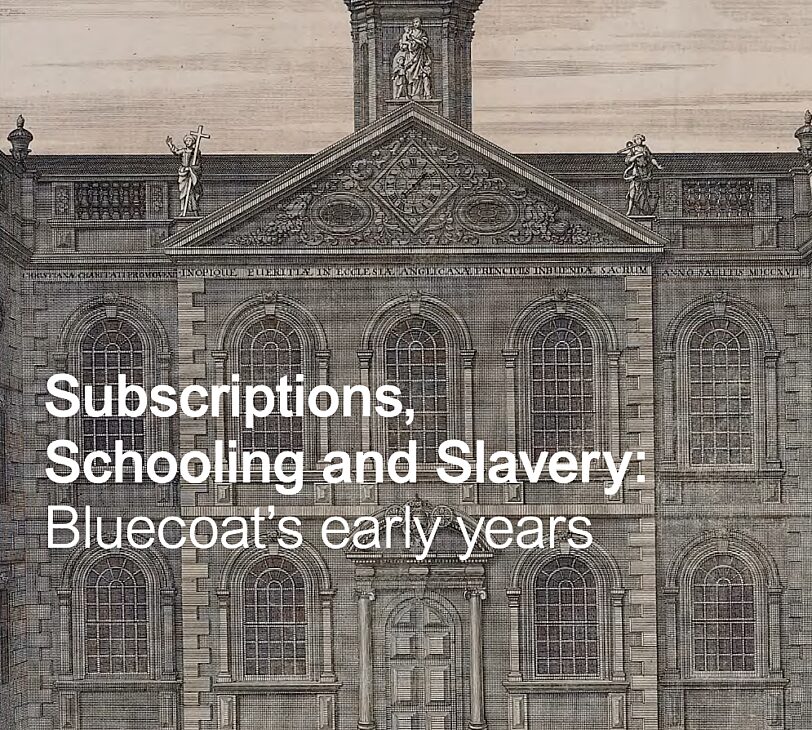
A summary of this study is on the website, as is an audio recording of a talk at Bluecoat by historian, writer and broadcaster David Olusoga in 2018, on Liverpool’s slave trading legacy.
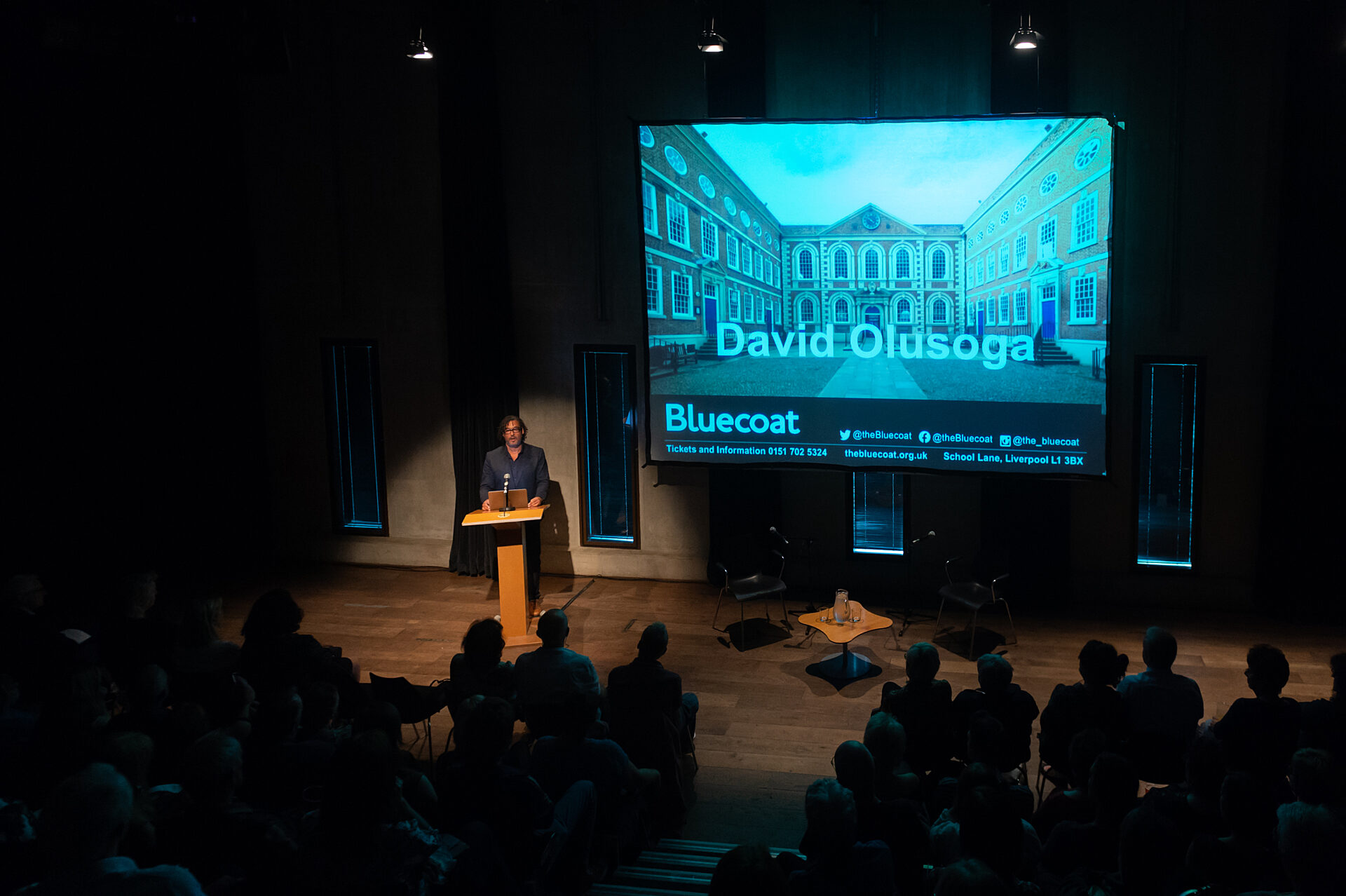
Listen to David Olusoga's 2018 talk.
We will continue to add to this growing body of knowledge that we hope will contribute to a greater understanding of Liverpool’s role in the barbaric and inhuman trade in enslaved Africans, from which the port and many of its institutions, including Bluecoat, benefitted. This understanding also underpins how we put into context the call to action from Black Lives Matter last Summer and the demand for racial justice and equality made in the wake of the police killing of George Floyd. For, knowing the historical foundations of slavery and colonial exploitation on which much of our nation’s political, economic and cultural fabric is built, helps us understand how these structures need to fundamentally change through a process of decolonisation and a genuine embrace of equality.
Like many other arts and cultural institutions in Liverpool and elsewhere, Bluecoat felt decisive action was needed towards diversifying our sector, and to listen and speak out against racism in all its forms. To this end, our Race Equality Task Force, established last year, devised an action plan to address three areas: internal change, supporting artists, and speaking out. An evolving piece of work, the plan is available here.
As a prominent, public-facing cultural organisation, we have a civic responsibility for contributing to making society more inclusive and equal. And being housed in an iconic building that symbolises the birth of ‘modern Liverpool’ and a time when enlightened philanthropy coexisted with crimes against human dignity, we also have a duty to reveal and interrogate Bluecoat’s problematic and contradictory past, and to remember those enslaved Africans whose abhorrent treatment helped enable the charitable work to continue.
Slavery Remembrance Day provides focus for interrogating this, but it is a process that we are endeavouring to mainstream across our arts and participation work.
*The date for Slavery Remembrance Day, 23 August, relates to the beginning of the uprising in Santo Domingo (today Haiti and the Dominican Republic) on that day in 1791 that would play a crucial role in the abolition of the transatlantic slave trade.

